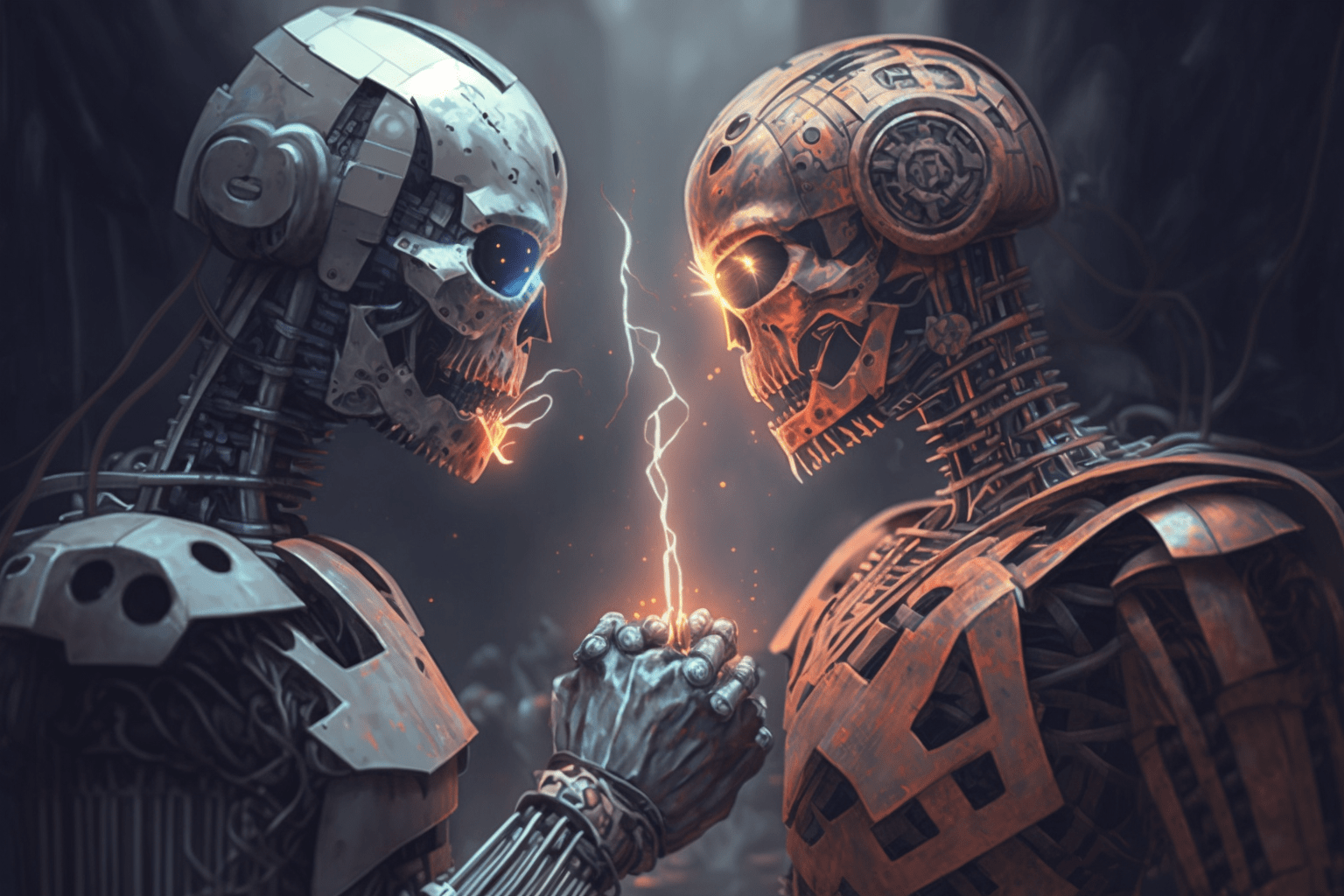
Understanding Basic Machine Learning Concepts
Introduction to Machine Learning
Have you ever wondered how Netflix recommends movies you might like, or how your phone recognizes your face to unlock it? These are just a few examples of machine learning in action. Machine learning is a fascinating field that’s changing the way we interact with technology. In this article, we’ll explore some basic machine learning concepts and see how they’re shaping our world.
Machine learning is a type of artificial intelligence that allows computers to learn and improve from experience without being explicitly programmed. It’s like teaching a computer to think for itself!
Types of Machine Learning
There are three main types of machine learning:
- Supervised Learning: This is like having a teacher guide you through a lesson. The computer is given labeled data (like answers to a test) and learns to recognize patterns.
- Unsupervised Learning: Imagine being given a box of mixed candies and sorting them by color or shape without any instructions. The computer finds patterns in data without labeled examples.
- Reinforcement Learning: This is like training a pet. The computer learns by trial and error, receiving rewards for correct actions and penalties for mistakes.
Key Concepts in Machine Learning
Let’s break down some important terms you’ll often hear in machine learning:
Algorithms
An algorithm is like a recipe for the computer. It’s a set of step-by-step instructions that tell the computer how to learn from data and make predictions.
Training Data
Training data is the information we use to teach our machine learning model. It’s like the textbooks and practice problems you use to study for a test.
Features
Features are the specific pieces of information the computer uses to make decisions. If you were trying to predict the weather, features might include temperature, humidity, and wind speed.
Models
A model is what the computer creates after it has learned from the data. It’s like the understanding you have after studying for a test – you can use it to answer new questions.
Real-world Applications of Machine Learning
Machine learning is all around us! Here are some cool ways it’s being used:
- Social Media: Ever notice how your social media feed seems to know what you like? That’s machine learning at work, analyzing your behavior to show you content you’re likely to enjoy.
- Healthcare: Machine learning helps doctors diagnose diseases by analyzing medical images and patient data.
- Self-driving Cars: These vehicles use machine learning to understand their environment and make decisions on the road.
- Virtual Assistants: Siri, Alexa, and Google Assistant use machine learning to understand your voice commands and provide helpful responses.
How Machine Learning Works: A Simple Example

Let’s imagine we’re teaching a computer to recognize dogs and cats in pictures. Here’s how it might work:
- We show the computer thousands of labeled pictures of dogs and cats (training data).
- The computer looks at features in each image, like ear shape, tail length, and fur texture.
- Using an algorithm, the computer creates a model that can distinguish between dogs and cats based on these features.
- When we show the computer a new, unlabeled picture, it uses its model to decide if it’s seeing a dog or a cat.
This is a simple example of supervised learning. The more pictures we show the computer, the better it gets at recognizing dogs and cats – it’s learning from experience!
Challenges in Machine Learning
While machine learning is powerful, it’s not perfect. Some challenges include:
- Data Quality: Just like you need good study materials to learn, machine learning needs good quality data to work well.
- Bias: If the training data is biased, the model can make unfair or incorrect decisions.
- Complexity: Some problems are just really hard, even for smart computers!
The Future of Machine Learning
Machine learning is growing fast and has exciting potential. In the future, we might see:
- More personalized education tailored to each student’s needs
- Advanced medical treatments based on individual patient data
- Smarter cities that can manage traffic and energy use more efficiently
Conclusion
Machine learning is transforming the world around us, making computers smarter and more helpful in our daily lives. By understanding these basic concepts, you’re taking the first step into an exciting field that’s full of possibilities.
Remember, machine learning is all about teaching computers to learn from data and improve over time. Whether it’s recommending movies, recognizing speech, or driving cars, machine learning is behind many of the technologies we use every day.
As you continue your studies, keep an eye out for machine learning in action – you might be surprised at how often you encounter it!


